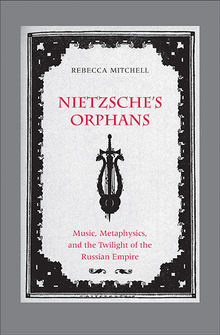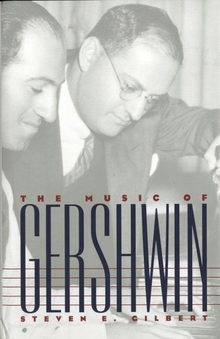The Music of Alban Berg
WARNING
You are viewing an older version of the Yalebooks website. Please visit out new website with more updated information and a better user experience: https://www.yalebooks.com
Dave Headlam
Headlam closely analyzes Berg's compositional technique and the use of symmetry and cycles throughout his oeuvre. He brings into the discussion Berg's own writings as well as those of composer and musicologist George Perle; the techniques of Schoenberg, Webern, and other serialists; and aspects of pitch-class set and twelve-tone theory. Headlam contends that in his treatment of all musical elements—pitch, rhythmic, formal, and even orchestrational techniques—Berg achieved a synthesis that transcends the surface distinctions of his tonal, atonal, and twelve-tone periods, and that the cyclic basis of these chronological periods differs in degree rather than in kind. Berg's achievement of this synthesis foreshadows later developments in the work of his many musical heirs.
"An exhaustive study of Berg's compositional methods. . . . The book is a powerful argument on behalf of Berg's devotion to his art and the significance of his accomplishment."—Choice
"The Music of Alban Berg makes a significant contribution to the ongoing study of Berg's music, revealing many of its seemingly infinite intricacies, deepening our understanding of its inner structural logic, enriching the emotional, human response it evokes in us, and renewing our appreciation of Berg's compositional genius."—Brenda Dalen, Notes
"Headlam defines the main components of Berg's musical language with clarity, originality, and elegance."—Patricia Hall, University of California, Santa Barbara
Publication Date: November 30, 2011











